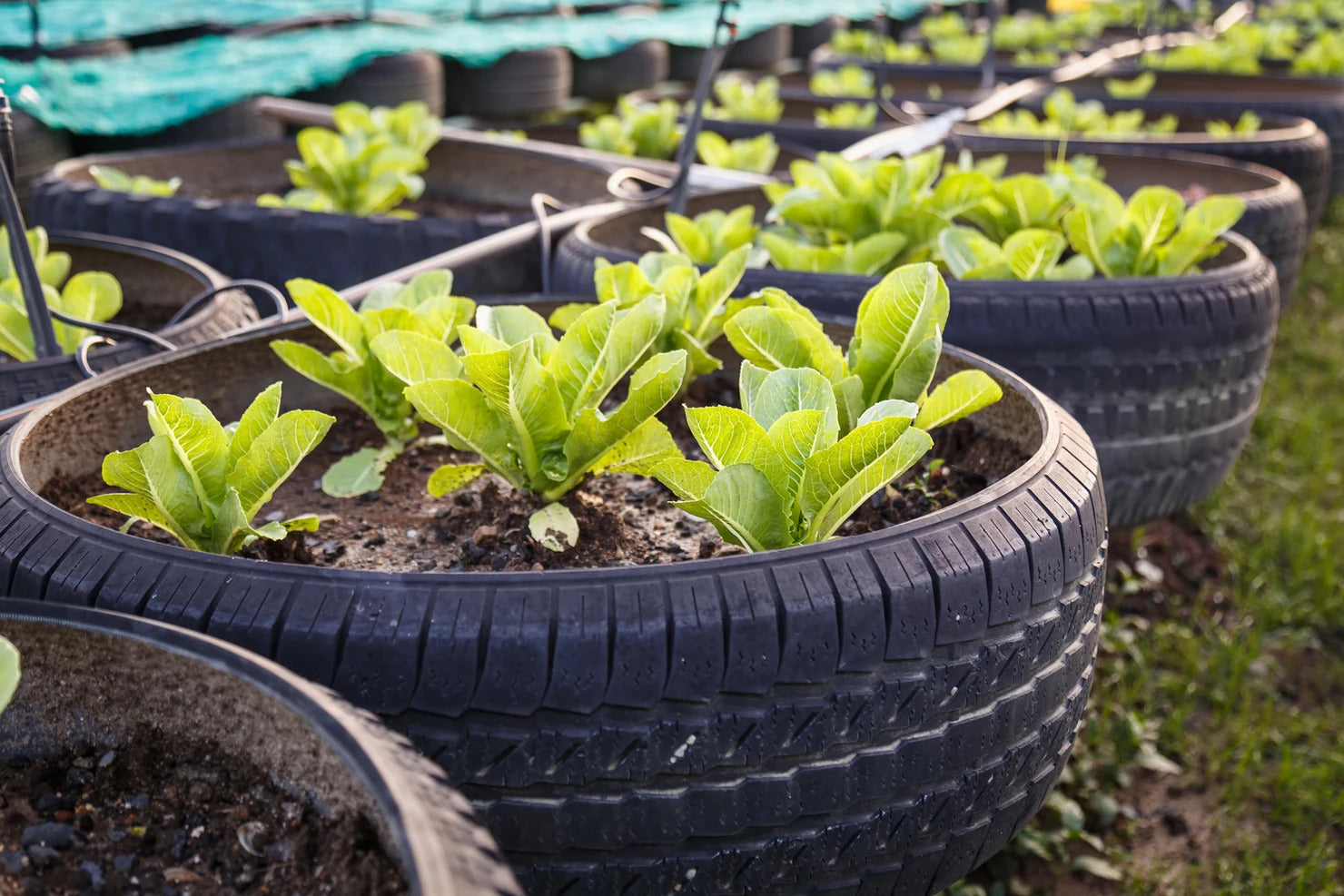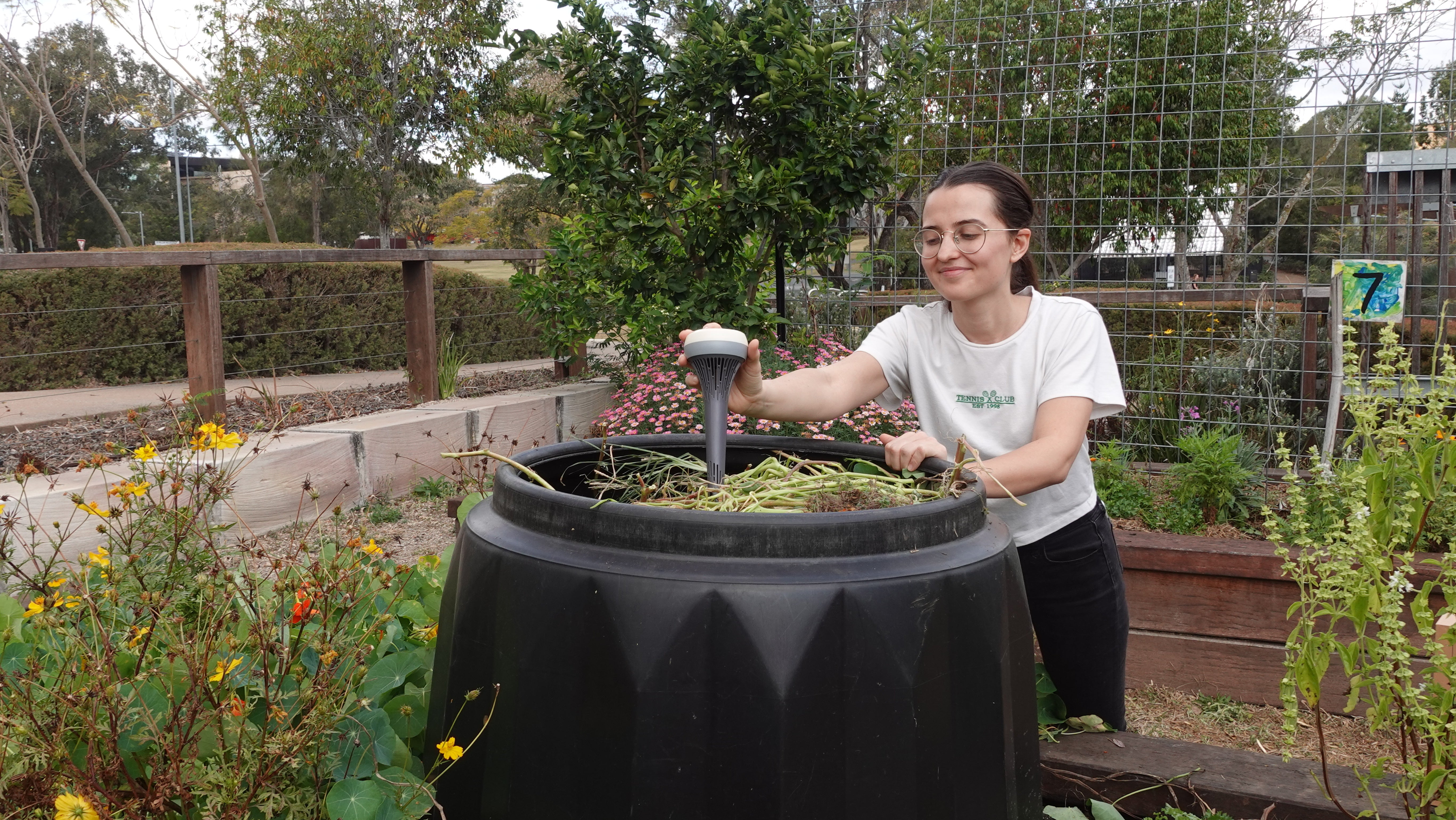You’ve probably heard about it before, seen it in a headline or thrown it into conversation as a random buzzword. We all kind of, maybe know what it might be, but what really is the circular economy.
Well technically, it’s not anything yet. Nowhere has really implemented a fully circular economy because it’s a pretty massive, complex task, which is the big reason why everyone’s talking about it!
Essentially a circular economy is a new type of economic system. It fundamentally changes the current practice of manufacture, use, dispose to reduce, reuse recycle and is essential in becoming a sustainable species.

So what would it look like? Well, there have already been countless pioneering companies doing their part in the circular change:
Timberland started making shoes out of old tires.
HP took responsibility for collecting and reusing those finicky printer cartridges.
Baby clothing company Vigga rents instead of selling.
These are just a few examples of incredible ventures taking the lead but these sort of initiatives are just the beginning.

There are some huge changes that need to be made to current economic systems to make them circular. Perhaps the biggest one that people get hung up on is decoupling economic growth from consumption. In most systems today, economic growth is defined mainly on the creation, rather than the retention of value. In order to continue creating value at growing rates, we need to extract natural resources and throw away perfectly good items to force people to consume more.
This is where a lot of people critiquing a circular economy chime in, saying that if we stop or lessen consumption, global markets and economies will crash. This isn’t the case at all though because an effective circular economy will have created industries in the business of retaining value.
Take a shoe, for example.
In our current economy, if it breaks, we pay a shoe manufacturer for a new one and that payment grows the economy but has negative environmental impacts when the shoe is thrown away. In a circular economy, if it breaks, we pay a shoe repairman to fix it and that payment grows the economy, saves that shoe from landfill and doesn’t require more materials to be extractive.
An effective circular economy also addresses the obsession with new that everyone seems to have. Whether it’s an appliance, garment, car or piece of furniture, we’re obsessed with replacing old for new, which is unfortunately done through tossing the old away. In a circular economy, this is instead done through transfer and transformation. Sustainable upgrades and updates can make the old new again and swapping goods means what’s old to someone is now new to you.
You're probably going to be hearing about the circular economy for a long time but unlike other buzzwords, this is one that's worth sticking around for.

If you're in Australia and looking to learn more, Circular Economy Australia have heaps of educational materials. Brisbane-based readers can check out the new Circular Economy Lab, which is working on making Queensland circular.
Make sure to also keep posted on our development as compost is of course an absolutely vital part of the circular economy, turning organic waste into nutrient-rich fertiliser. Like and follow our socials here - Facebook, Instagram, Twitter, LinkedIn - and subscribe for the latest updates.




Leave a comment
This site is protected by hCaptcha and the hCaptcha Privacy Policy and Terms of Service apply.